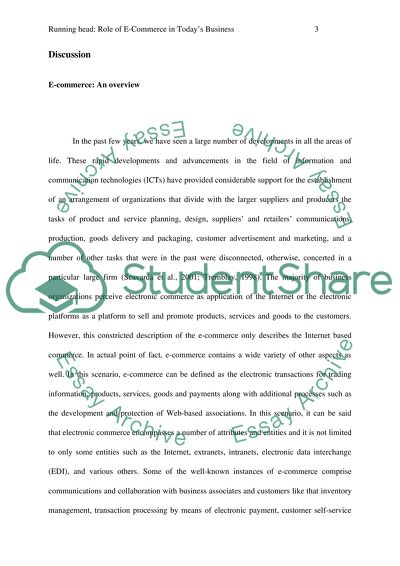Cite this document
(“Role of e-commerce in todays business Essay Example | Topics and Well Written Essays - 3750 words”, n.d.)
Retrieved from https://studentshare.org/e-commerce/1480786-role-of-e-commerce-in-todays-business
Retrieved from https://studentshare.org/e-commerce/1480786-role-of-e-commerce-in-todays-business
(Role of E-Commerce in Todays Business Essay Example | Topics and Well Written Essays - 3750 Words)
https://studentshare.org/e-commerce/1480786-role-of-e-commerce-in-todays-business.
https://studentshare.org/e-commerce/1480786-role-of-e-commerce-in-todays-business.
“Role of E-Commerce in Todays Business Essay Example | Topics and Well Written Essays - 3750 Words”, n.d. https://studentshare.org/e-commerce/1480786-role-of-e-commerce-in-todays-business.


